Evergreen blackberry identification and control
Rubus laciniatus, Rosaceae Family
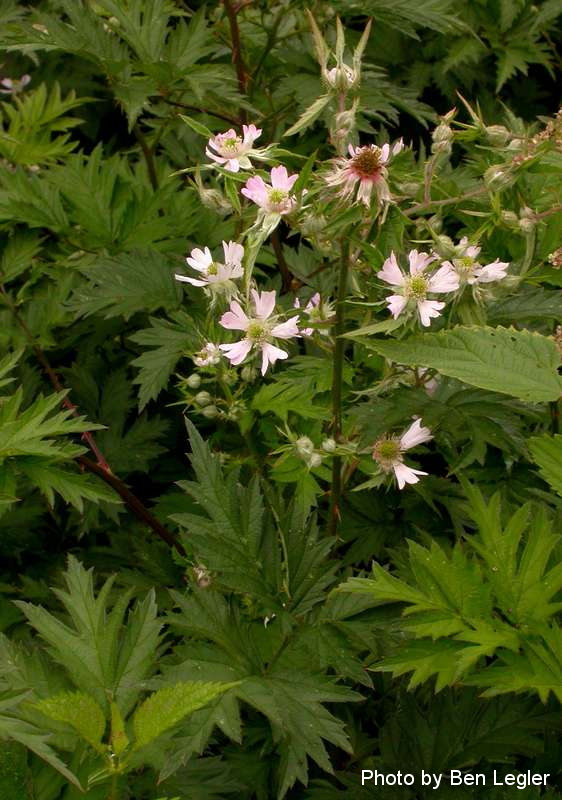
Evergreen blackberry, also called cutleaf blackberry, is a thorny, thicket forming evergreen shrub in the Rose family that produces edible blackberry fruits. Leaves are deeply incised (they look lacy as if someone has cut them up) and divided into 3-5 leaflets with toothed edges. Flowers are in clusters of 5 to 20, each with 5 petals that are white to pink. The petals have 3 lobes at the tips. The stems are stout, ridged, arching canes with sharp, stiff, curved prickles. The plant can grow 13 feet tall with stems 30 feet long. It has large, deep, woody root balls that sprout at nodes and the canes root at the tips, creating daughter plants. It closely resembles the more widespread invasive blackberry species Himalayan blackberry (Rubus bifrons or Rubus armeniacus), except for the cut-leaf shape.
Evergreen blackberry is a European species introduced for fruit production that is highly invasive and difficult to control. It forms impenetrable thickets, outcompetes native vegetation and can prevent the establishment of trees. Due to the deep roots, digging up large established plants is difficult and may need to be repeated if not all the roots are removed. Repeated cutting can keep the plants from overtaking over vegetation. Contact the noxious weed program for advice on control methods.
Legal status in King County, Washington
It is a Class C noxious weed that is not selected for required control in King County. Control is recommended but not required because it is widespread in King County. For more information on noxious weed regulations and definitions, see Noxious weed lists and laws.
Control
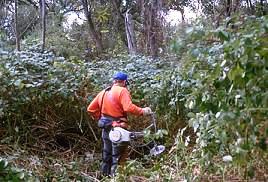
Make sure to have a long-term plan to ensure success, protect native and beneficial species while doing the control, and start in the least infested areas first and then move into the more heavily infested areas.
Consider replanting the area with native plants well-suited to our local climate and soil conditions that will also provide benefits to our local ecosystems. See King County's northwest native plant guide for suggestions.
Additional information on evergreen blackberry (and Himalayan blackberry)
- King County's Best Management Practices for Blackberry
- Himalayan Blackberry - King County Noxious Weed Alert
- OSU's Invasive Weeds in Forest Land: Himalayan and Evergreen Blackberry (external link)
- Managing Himalayan Blackberry in western Oregon riparian areas (external link)
- Controlling Himalayan Blackberry in the Pacific Northwest (external link)
- Washington State Noxious Weed Control Board (external link)
- The Pacific Northwest Weed Management Handbook (external link - search for blackberry)
What to do if you find this plant in King County, Washington
Because evergreen blackberry is so widespread, property owners are not required to control it and we are not generally tracking infestations. We can provide advice on how to control evergreen blackberry, but there is generally no requirement to do so, unless the city or homeowners association requires it.
Evergreen blackberry photos
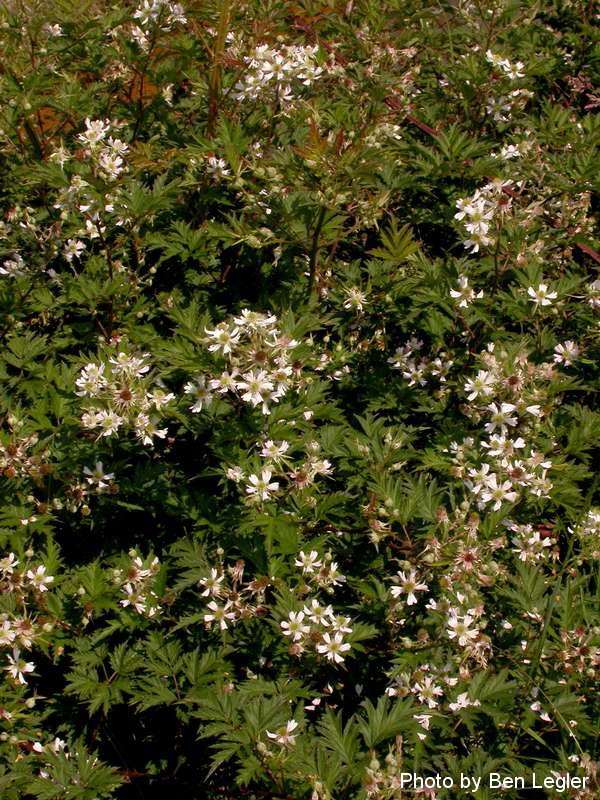
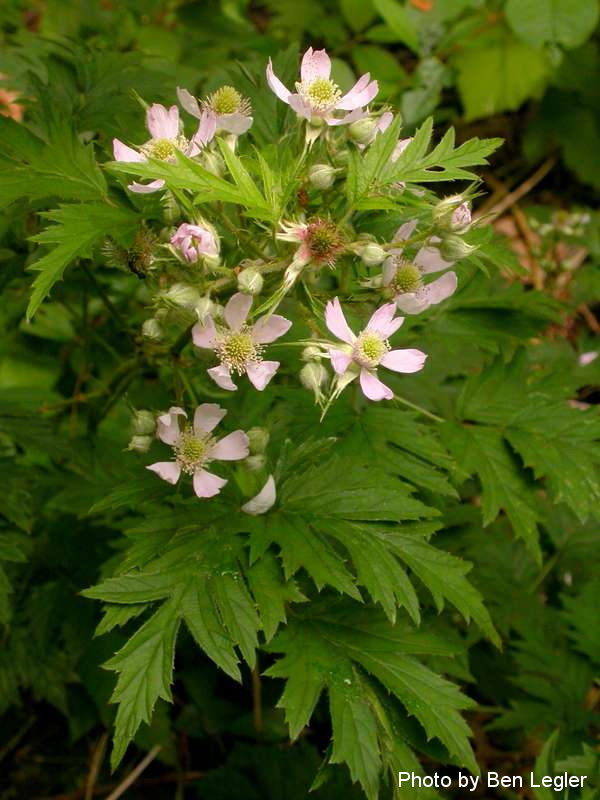
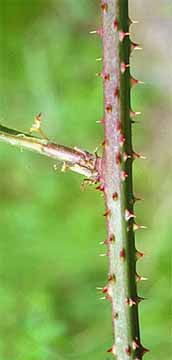
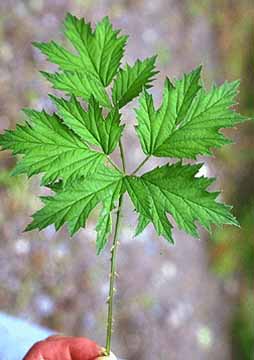
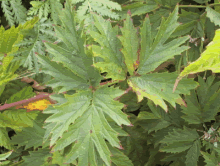
Additional Resources
- King County's Best Management Practices for Blackberry
- Himalayan Blackberry - King County Noxious Weed Alert
Related information
- Northwest native plant guide
- Agriculture in King County, Washington
- Northwest yard and garden
- Animals, plants and habitat
Related agencies
Program offices are located at 201 S. Jackson St., Suite 600, Seattle, WA 98104. To contact staff, see the Noxious Weed Control Program Directory, send an email, or call 206-477-WEED (206-477-9333).

 Translate
Translate